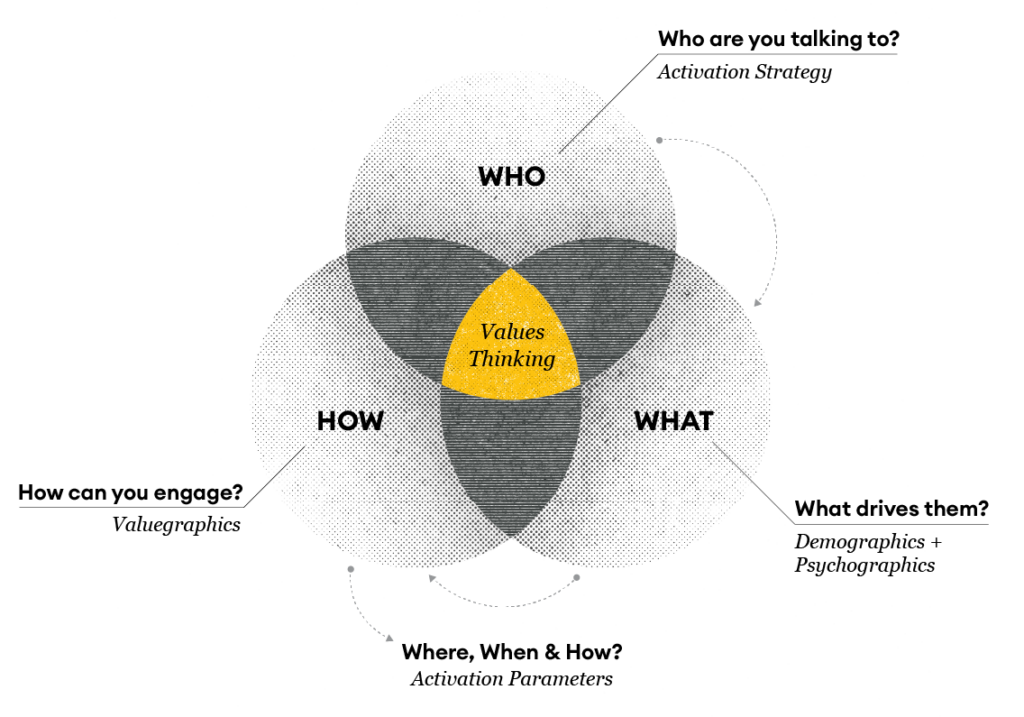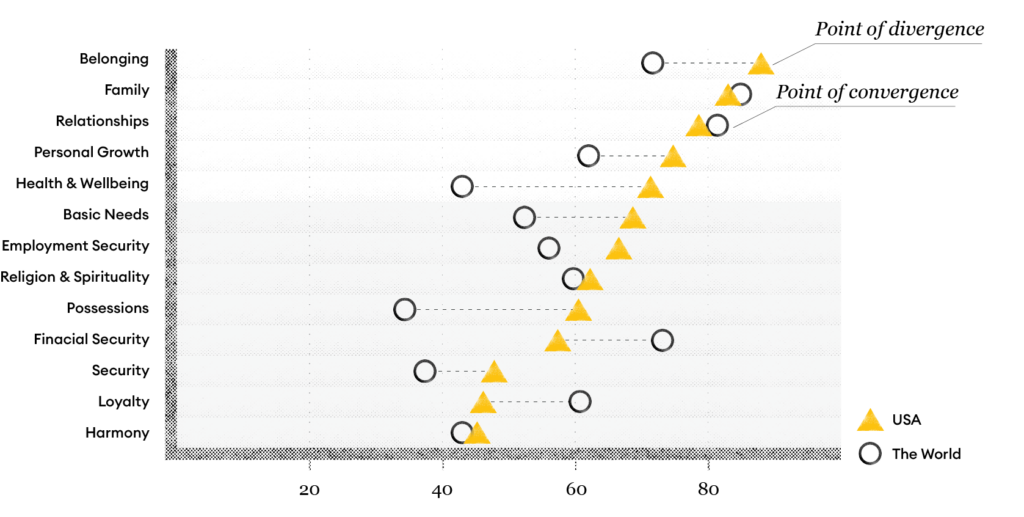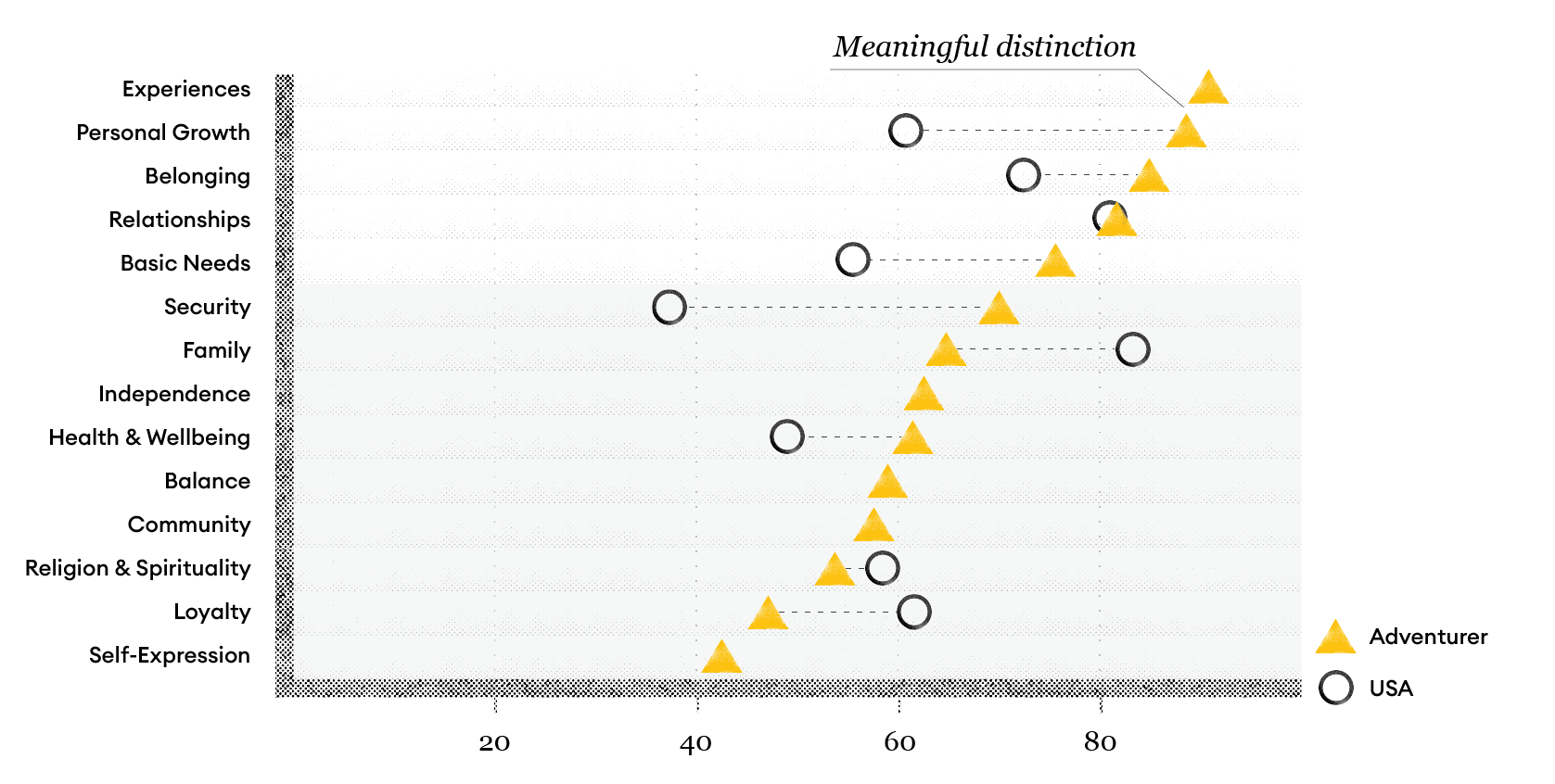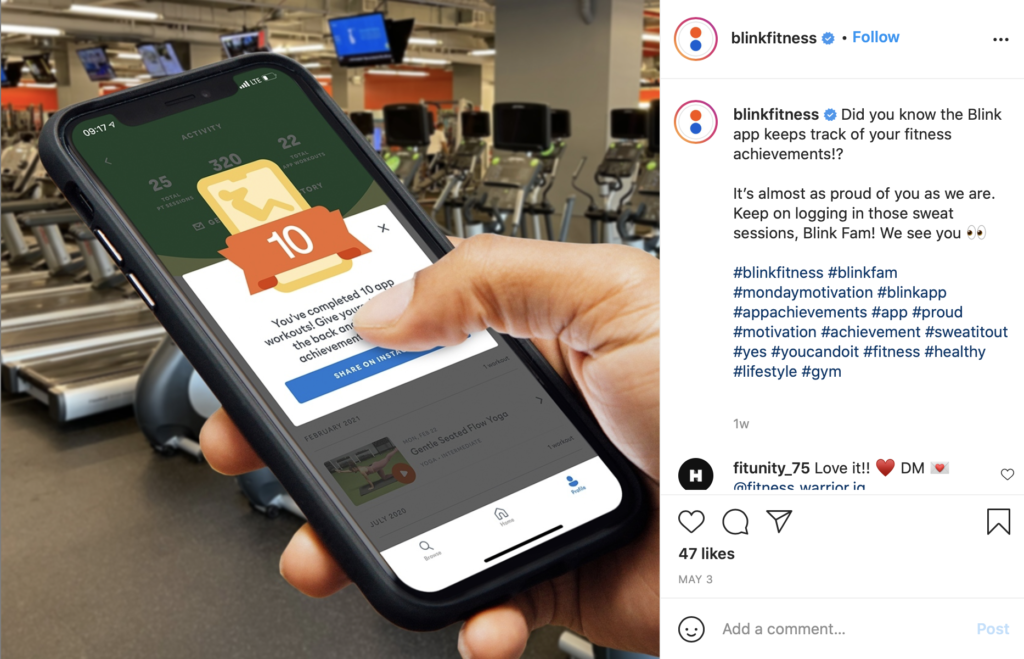As a digital agency CEO with a strong financial bent and a finance leader with deep experience in the agency space, we’ve seen the financial dance between marketing and finance teams more times than we can count. And we’ve heard some pretty creative approaches for classifying marketing expenses in different ways. While there’s no hard and fast rule that’s 100% right 100% of the time, more often than not the most compelling case is for treating marketing as an operating expense. This decision isn’t just a matter of semantics; it can have a significant impact on your business’s financial health and agility.
Operating vs. Capital expenses
Before we dive into why you should treat marketing as an operating expense, let’s clarify the difference between operating and capital expenses.
What Is an operating expense?
Operating expenses, often referred to as OpEx, are day-to-day costs incurred to keep your business running. Think salaries, rent, utilities, and yes, marketing expenses. OpEx is immediately deductible against your revenue, reducing your taxable income.
What is a capital expense?
Capital expenses, often referred to as CapEx, are investments in long-term assets, like buying a new factory or upgrading your IT infrastructure. CapEx is typically depreciated over time, which means it’s deducted gradually over several years.
Now that we’ve defined these two expense types, let’s talk about why we recommend putting marketing investment on the OpEx side of the ledger.
The temptation of a capital expense classification
While we believe the strongest argument is for classifying marketing as an operating expense, we understand why some companies may be tempted to categorize it as a capital expense. It can inflate the company’s assets on the balance sheet, potentially presenting a more favorable financial picture to investors and stakeholders. Additionally, tax implications can sometimes favor capitalizing marketing expenses, especially when a company is looking to spread out deductions over several years to minimize immediate tax liability. However, it’s essential to weigh these potential benefits against the flexibility and transparency that come with treating marketing as an operating expense to make an informed decision that aligns with the company’s overall strategy.
In cases where marketing initiatives have long-lasting effects, such as brand-building campaigns, there might be an argument for considering them as capital investments. One area where this argument tends to be the strongest is in investment in digital properties like websites.
Websites can serve as long-term assets, contributing to a company’s brand image, customer acquisition, and revenue generation over an extended period. This aligns with the capital expense criteria of enduring benefits and a useful life spanning several years, so classifying website investment as a capital expense has its merits. By capitalizing website development costs, companies can gradually expense them over time, smoothing out the financial impact.
However, there’s a counterargument to consider. Capitalizing certain marketing costs so they don’t hit your expense line and EBITDA can be enticing, but in the future, these become dead expenses because they’re being depreciated. Doing this over multiple years will lead to carrying depreciated expenses that you’re not realizing tangible return on, which hinders your marketing team from driving a full return on each year’s expenses.
Additionally, the digital landscape evolves rapidly, and website technology becomes outdated quicker than many other capital assets. Treating website development as an operating expense recognizes the need for continuous updates, improvements, and adaptations to keep pace with changing user expectations and technological advancements. Moreover, categorizing website investment as OpEx offers immediate tax benefits, as these expenses are fully deductible in the year they occur, potentially reducing tax liability in the short term.
Ultimately, the classification of website investment as a capital or operating expense depends on the specific circumstances and strategic goals of the company. CFOs and finance teams must carefully assess whether the long-term benefits and gradual expense recognition of capitalizing website costs outweigh the agility and tax advantages offered by treating them as an operating expense. It’s a balancing act that requires a nuanced understanding of the company’s digital strategy and financial priorities.
The argument for marketing as an operating expense
Potential exceptions like website investment aside, marketing investments represent ongoing, essential costs incurred to sustain day-to-day business operations, promote revenue generation, and adapt to dynamic market conditions. Treating marketing as an operating expense aligns with the constantly evolving nature of the marketing landscape and offers a host of advantages:
It gives you the flexibility needed to adapt to rapid change
One of the primary reasons to treat marketing as an operating expense is that it reflects the reality of the marketing landscape today. Marketing isn’t a one-time investment; it’s an ongoing effort to connect with your audience, build brand awareness, and drive sales. In today’s fast-paced digital world, consumer preferences can change on a whim and marketing campaigns must be able to adapt rapidly. When it comes to marketing, you can’t simply “set it and forget it” like you would with a capital asset.
When it comes to marketing, you can’t simply “set it and forget it” like you would with a capital asset.
Treating marketing as OpEx provides greater financial flexibility, allowing you to adjust your marketing budget more easily in response to changing market conditions or business needs. When marketing is a capital expense, you’re stuck with the initial investment, whether it’s performing as expected or not, which can limit your ability to evolve and adapt. As companies take greater control over their data and leverage technologies like AI and ML to execute data-driven decision making at scale, the capacity for ongoing, real-time optimization of marketing activity to drive performance improvement will only increase. With OpEx, you can scale your marketing spend up or down as needed, allocate resources to new marketing channels, and pivot your strategy without making the same level of long-term commitment from a finance and accounting standpoint and without the burden of depreciating assets.
It enables better ROI tracking and more accurate financial reporting
Accurate financial reporting is essential for making informed business decisions. When it comes to marketing investment, treating marketing as an operating expense ensures your income statement accurately reflects the real cost of doing business. This transparency helps you understand the true profitability of your operations and facilitates more accurate forecasting.
For its part, marketing efforts have high expectations for delivering quantifiable returns, whether it’s in the context of return on ad spend, reduced cost of acquisition, improved lifetime value, or any number of other metrics used to evaluate return on marketing investment. When marketing is categorized as OpEx, it’s easier to track and measure its ROI in real-time. You can see how your marketing efforts impact revenue and adjust your strategy accordingly. With CapEx, ROI calculations become more complex and less immediate.
It makes your CFO’s job easier
Given our roles and backgrounds in financial stewardship, we know the importance of prudent financial management. And we know that’s the love language of most CFOs. Treating marketing as OpEx actually makes your CFO’s job easier. Here’s how:
- Clearer financial statements: Treating marketing as OpEx leads to cleaner, more straightforward financial statements, simplifying your job in preparing financial reports and ensuring transparency for all stakeholders.
- Easier budget management: With marketing as OpEx, you have greater control over the budget. You can allocate resources more dynamically, responding to changes in the market or business priorities. It’s easier to manage and forecast expenses when they align with the business’s actual needs.
- Reduced risk: Capital expenses carry inherent risks. What if the asset becomes obsolete or doesn’t perform as expected? Treating marketing as OpEx eliminates the risk associated with depreciating assets, offering a more predictable financial landscape.
Take it from us, it’s a great way to endear yourself to your head of finance, which can grease the wheels when you’re looking for approval on decisions that need to be made quickly.
It can send the right signal to strategic marketing hires
This last advantage of classifying marketing as OpEx is an easy one to overlook, but it can be really impactful. Top marketing talent often prefers companies that treat marketing as an operating expense. You might be surprised if this question comes up in an interview for a strategic marketing hire. But when a candidate poses this question, it can be a great indicator of strategic thinking about the level of ongoing business value your company ascribes to marketing. Because they know it demonstrates a commitment to staying current and competitive, being able to tell candidates that you classify marketing as OpEx shows that your company views marketing as a dynamic and mission-critical function and is willing to invest in it continually for long-term success.
Betting on marketing as a dynamic driver of growth
Things are rarely cut and dry when it comes to strategic budgeting, and marketing is no exception. There will always be a need to balance near-term and long-term financial constraints, business goals, and the marketing strategies and assets that support them. And there may be sound business reasons to capitalize on certain marketing investments under particular circumstances. But in general, treating marketing costs as operational versus capital expenses provides the greatest benefit when it comes to optimizing marketing performance, maximizing ROI, simplifying marketing budget management, and positioning marketing as the dynamic level for driving business growth that it is.
Regardless of how you classify marketing expenses on your budget sheet, fostering collaboration between marketing and financial leadership is key. Driving ongoing conversations between marketing and finance will help ensure that your finance team has a clear understanding of the business context for marketing investment, including the roles that various marketing investments play in achieving business goals, how return on those investments is defined, and what short- and long-term management and stewardship of those investments looks like and requires. It will also help your marketing team understand the broader financial parameter and requirements within which the business operates and the considerations that go into expense classification.
Sometimes the best way to foster understanding between your marketing and finance teams is with a partner who understands both sides of the coin and can translate between their unique points of view. If you’re looking for guidance or support bringing these critical business functions closer together, let’s talk.










